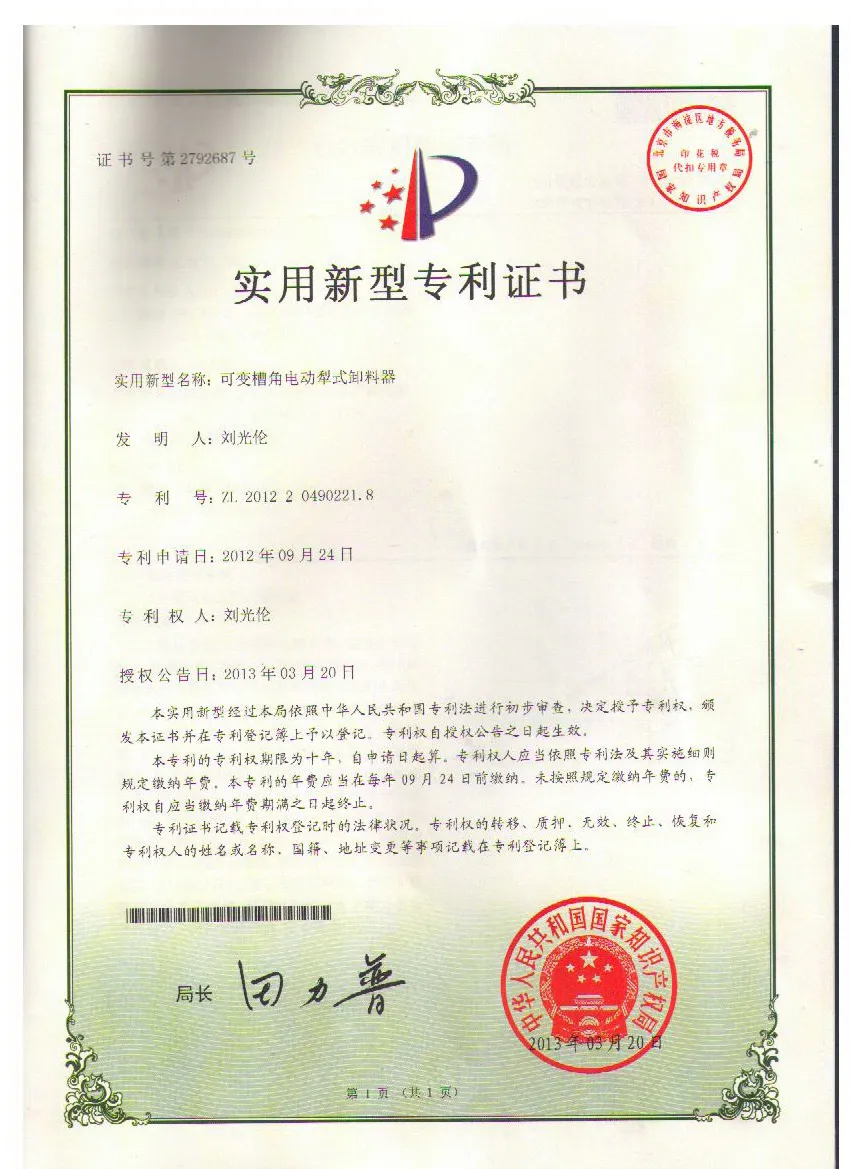 Afrikaans
Afrikaans  Albanian
Albanian  Amharic
Amharic  Arabic
Arabic  Armenian
Armenian  Azerbaijani
Azerbaijani  Basque
Basque  Belarusian
Belarusian  Bengali
Bengali  Bosnian
Bosnian  Bulgarian
Bulgarian  Catalan
Catalan  Cebuano
Cebuano  Corsican
Corsican  Croatian
Croatian  Czech
Czech  Danish
Danish  Dutch
Dutch  English
English  Esperanto
Esperanto  Estonian
Estonian  Finnish
Finnish  French
French  Frisian
Frisian  Galician
Galician  Georgian
Georgian  German
German  Greek
Greek  Gujarati
Gujarati  Haitian Creole
Haitian Creole  hausa
hausa  hawaiian
hawaiian  Hebrew
Hebrew  Hindi
Hindi  Miao
Miao  Hungarian
Hungarian  Icelandic
Icelandic  igbo
igbo  Indonesian
Indonesian  irish
irish  Italian
Italian  Japanese
Japanese  Javanese
Javanese  Kannada
Kannada  kazakh
kazakh  Khmer
Khmer  Rwandese
Rwandese  Korean
Korean  Kurdish
Kurdish  Kyrgyz
Kyrgyz  Lao
Lao  Latin
Latin  Latvian
Latvian  Lithuanian
Lithuanian  Luxembourgish
Luxembourgish  Macedonian
Macedonian  Malgashi
Malgashi  Malay
Malay  Malayalam
Malayalam  Maltese
Maltese  Maori
Maori  Marathi
Marathi  Mongolian
Mongolian  Myanmar
Myanmar  Nepali
Nepali  Norwegian
Norwegian  Norwegian
Norwegian  Occitan
Occitan  Pashto
Pashto  Persian
Persian  Polish
Polish  Portuguese
Portuguese  Punjabi
Punjabi  Romanian
Romanian  Russian
Russian  Samoan
Samoan  Scottish Gaelic
Scottish Gaelic  Serbian
Serbian  Sesotho
Sesotho  Shona
Shona  Sindhi
Sindhi  Sinhala
Sinhala  Slovak
Slovak  Slovenian
Slovenian  Somali
Somali  Spanish
Spanish  Sundanese
Sundanese  Swahili
Swahili  Swedish
Swedish  Tagalog
Tagalog  Tajik
Tajik  Tamil
Tamil  Tatar
Tatar  Telugu
Telugu  Thai
Thai  Turkish
Turkish  Turkmen
Turkmen  Ukrainian
Ukrainian  Urdu
Urdu  Uighur
Uighur  Uzbek
Uzbek  Vietnamese
Vietnamese  Welsh
Welsh  Bantu
Bantu  Yiddish
Yiddish  Yoruba
Yoruba  Zulu
Zulu conveyor belt roller types
Understanding Conveyor Belt Roller Types
Conveyor systems are integral to the efficiency of various industries, facilitating the movement of materials from one point to another. A crucial component of these systems is the conveyor belt roller, which plays a significant role in supporting the belt and the load it carries. Understanding the different types of conveyor belt rollers is essential for selecting the right components for your system, ensuring optimal performance and longevity.
1. Idler Rollers
Idler rollers are designed to support the belt and the material on it. These rollers are typically placed along the length of the conveyor system to maintain the belt's tension and alignment. The most common types of idler rollers include troughing idlers, which are used to form a U-shaped trough to contain the material, and flat idlers, which keep the belt flat.
2. Drive Rollers
Drive rollers are pivotal in moving the conveyor belt. These rollers are connected to a motor, enabling them to provide the necessary traction to move the belt and its load. Drive rollers can be equipped with different surface textures, such as rubber lagging, to enhance grip and reduce slippage, making them suitable for different applications.
conveyor belt roller types

Return rollers operate on the underside of the conveyor belt, ensuring that it returns to its starting position after unloading the material. Their primary function is to support the belt as it travels back, preventing sagging and wear on the conveyor system. These rollers are typically designed to be low-friction to minimize resistance as the belt returns.
4. Impact Rollers
Impact rollers are designed specifically for areas where heavy materials are loaded onto the conveyor belt. These rollers absorb the shock and prevent damage to the belt and other components. They often feature a larger diameter and are made from robust materials to withstand the stresses of heavy material loads.
5. Training Rollers
Training rollers help maintain the proper alignment of the conveyor belt, preventing any lateral drift. They are strategically placed along the conveyor to adjust the path of the belt and ensure it remains centered as it operates. Proper alignment is crucial to extending the life of the system and reducing maintenance costs.
Conclusion
Selecting the right type of conveyor belt roller is crucial for the efficiency and durability of a conveyor system. By understanding the various types, including idler rollers, drive rollers, return rollers, impact rollers, and training rollers, businesses can optimize their material-handling processes. Proper maintenance and selection can lead to reduced downtime and increased productivity, making the right rollers an essential investment for any industrial operation.
-
Revolutionizing Conveyor Reliability with Advanced Rubber Lagging PulleysNewsJul.22,2025
-
Powering Precision and Durability with Expert Manufacturers of Conveyor ComponentsNewsJul.22,2025
-
Optimizing Conveyor Systems with Advanced Conveyor AccessoriesNewsJul.22,2025
-
Maximize Conveyor Efficiency with Quality Conveyor Idler PulleysNewsJul.22,2025
-
Future-Proof Your Conveyor System with High-Performance Polyurethane RollerNewsJul.22,2025
-
Driving Efficiency Forward with Quality Idlers and RollersNewsJul.22,2025





























